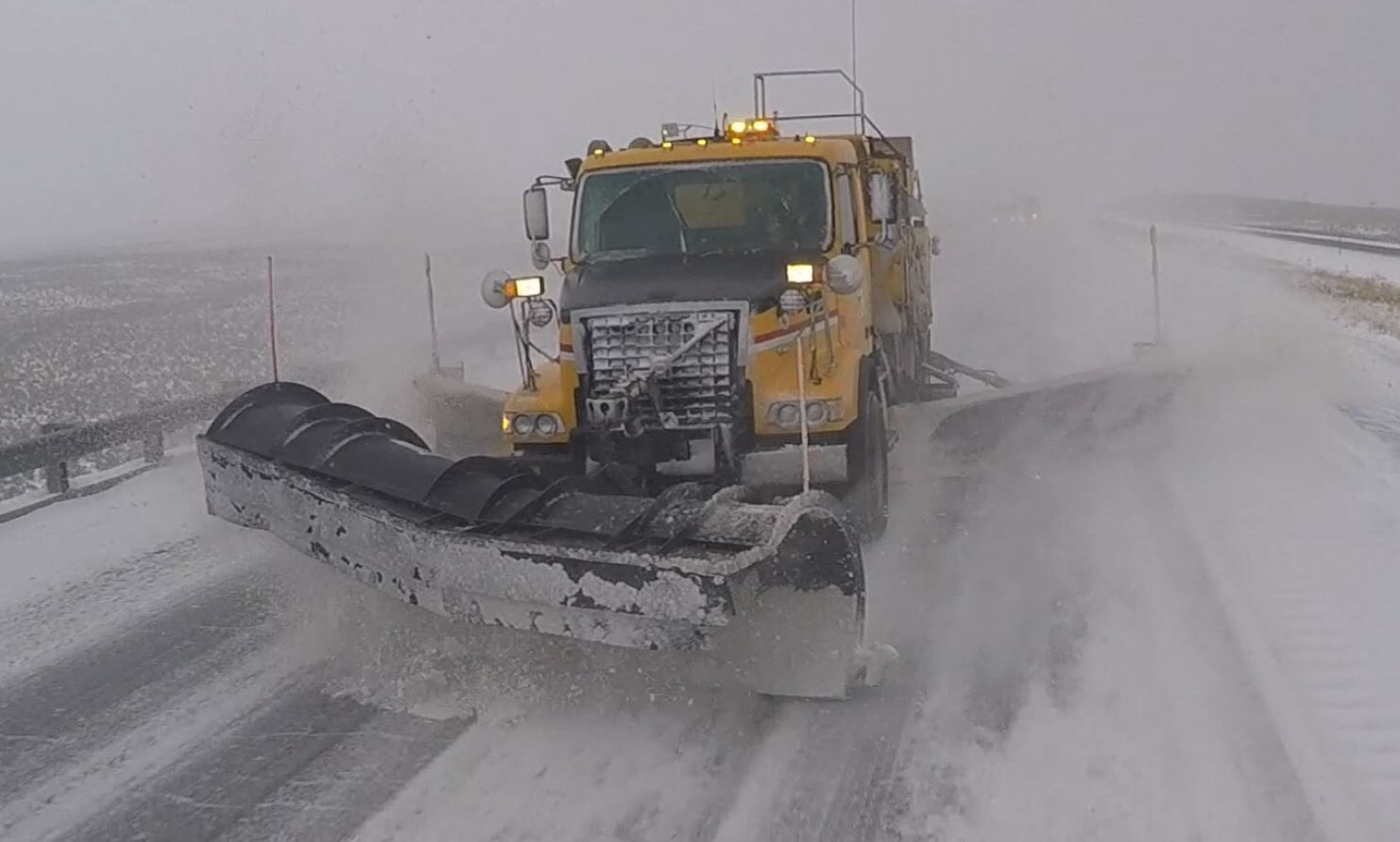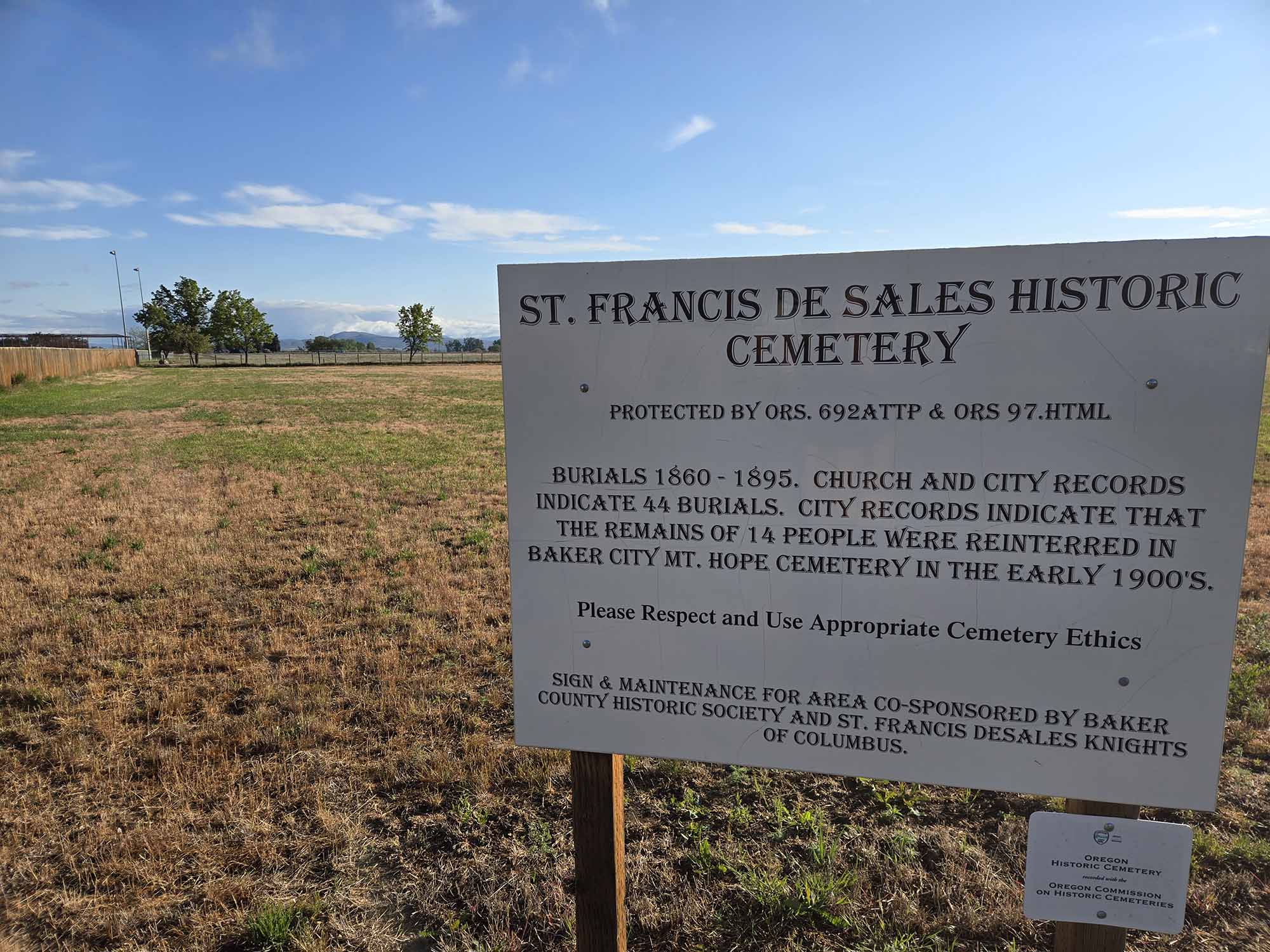Work continues on Kirkway Drive erosion project
Published 12:00 am Thursday, June 19, 2008
By ED MERRIMAN
Trending
Baker City Herald
Plans to stop the Powder River from eroding streamside property along Kirkway Drive advanced with a Monday walk through where results of a design survey were presented to landowners and agency officials.
andquot;We had about 18 landowners show up, in addition to agency people,andquot; said Vicki Wares, coordinator for the Powder Basin Watershed Council, which secured a $30,000 grant from the Oregon Watershed Enhancement Board to fund an engineering design for the erosion-control project.
Trending
The engineering study by Brett Moore, design engineer with Anderson Perry and Associations of La Grande, is the first step in developing a final engineering design for the project by October, Wares said.
On Monday, Moore discussed the study results with landowners and agency officials participating in an advisory group for the project. He also stopped at each landowner’s property and spent some time discussing the streambank conditions, alternatives for correcting problems, and landowners’ concerns, Wares said.
Moore also presented drawings of different types of bank protection available, from planting trees or other vegetation to installing large boulders or rip rap.
Chuck Risley, a Kirkway Drive resident who has lost about 6 feet of his backyard over the past decade, served as chairman of the neighborhood landowners group that raised their concerns about streambank erosion with the Baker County Soil and Water Conservation District, which in turn alerted the watershed council about the problem.
Risley said he’s confident the watershed council and other agencies will identify a satisfactory combination of voluntary measures to keep the river from devouring more streamside property.
andquot;Everybody seemed to be very excited that somebody is working on the problem,andquot; said Pat Zinnie, another Kirkway Drive landowner. andquot;We are very interested in the project, but we are just not sure what is going to happen, or when it will happen.andquot;
Wares said the next step will be for the engineer to complete what’s called a 50 percent design plan for the project by the end of July.
Wares said Moore wanted to give landowners and agency officials an opportunity to share their opinions on various options so he could incorporate their ideas and concerns into the 50 percent design.
One thing that was made very clear by landowners on Monday is that they andquot;do not want more cottonwoods planted along the streambank,andquot; Wares said.
andquot;They want to preserve the views that they have,andquot; she said.
Several landowners sought assurances that whatever is decided will be voluntary, and that they will not be required to do anything, Wares said.
andquot;The answer is we are in Phase I, and we have received 100 percent funding for the design, and the landowners will not owe one penny,andquot; Wares said. andquot;I can not stress enough nobody will be pressured to invest any time or money they don’t want to commit.andquot;
In addition to the $30,000 in funding from OWEB, Wares said the Bureau of Reclamation provided matching in-kind services, including a hydrological analysis.
andquot;It took us two years to get funded for the design. We found out we were funded last September and the design is scheduled to be completed in October,andquot; Wares said.
Once the 50 percent engineering design has been presented at the end of July, Wares said landowners and agency officials will review it and recommend any changes before a final engineering design is completed in October.
andquot;Much of the streambank is already stabilized with beautiful grasses and willows. The environmental design shows us how to fix the hot spots, without passing the problems upstream or downstream,andquot; Wares said.
Based on what she heard Monday, Wares said most of the landowners appear to support anchoring the streambank with vegetation other than big cottonwood trees or other plants that would obstruct their views.
andquot;Vegetation is more environmentally friendly that some of the other options, like putting big boulders or rip rap in the river,andquot; Wares said, adding that putting boulders or rip rap in the water might stop streambank erosion in one spot, but such measures would likely bounce the erosion problem downstream to another piece of property.
The main reason OWEB and the Bureau of Reclamation are providing funding and other assistance, Wares said, is because the Powder River is considered a connecting stream for bull trout, which is a threatened species.
When the final engineering design is approved this fall, Wares said the watershed council will apply for a grant to pay for on-the-ground work.
andquot;We are hoping to have a plan that is very, very acceptable to the landowners, that stabilizes the streambank erosion, and improves fish habitat and water quality in the river,andquot; Wares said.









